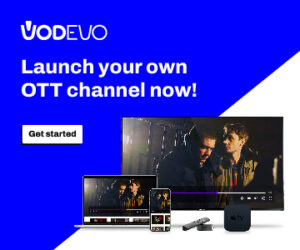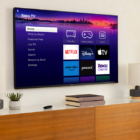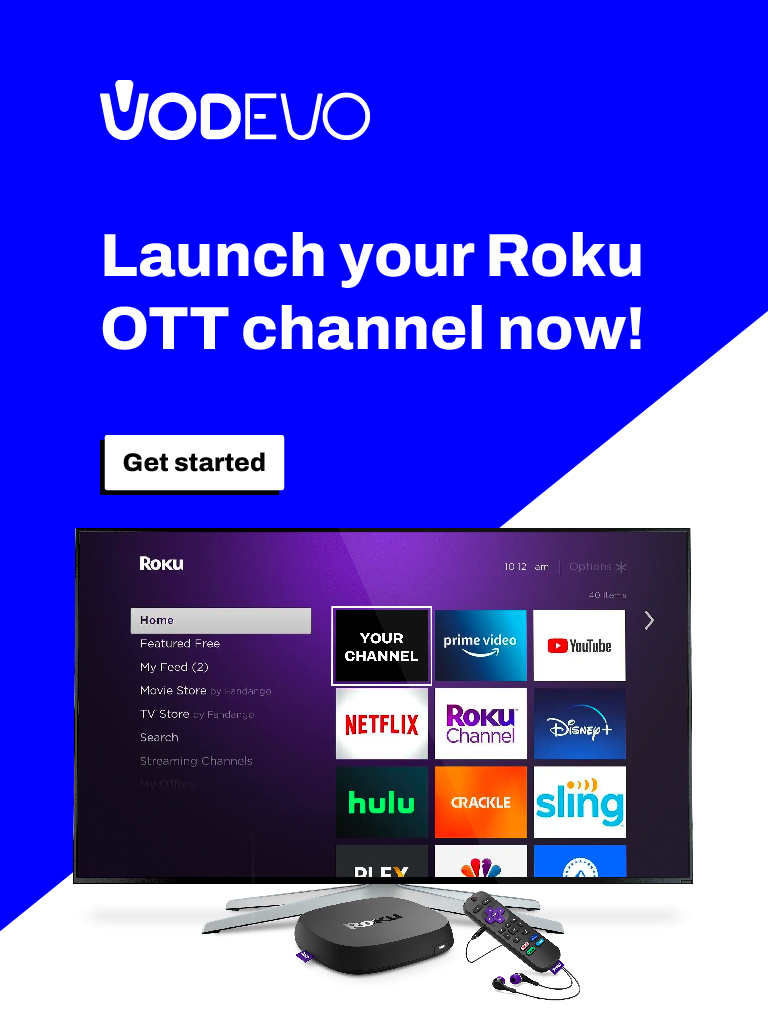When OTT streaming networks initially entered the home entertainment arena, they swiftly rendered in-person DVD rentals obsolete. Since then, as technology and consumer preferences have continued to shift, streaming business models have adapted and evolved to maintain their competitive edge.
Two prominent streaming models, Subscription Video-on-Demand (SVOD) and Advertising Video-on-Demand (AVOD), offer distinct advantages and drawbacks to both streaming networks and viewers.
Choosing between SVOD and AVOD models as a monetization strategy involves weighing various factors. Let’s explore the advantages and disadvantages of each model to help you determine the most profitable strategy for distributing your content.
SVOD vs. AVOD: Differentiating Subscription and Ad-Based Video on Demand
Popularized by Netflix, subscription video on demand swiftly became the primary business model for major OTT streaming networks such as The Weather Channel, Hulu, Impact Wrestling, and Prime Video.
With the SVOD model, viewers subscribe either on a monthly or annual basis, gaining unlimited access to an extensive library of video content. Subscribers can enjoy ad-free programming at any time, on any connected device, and access both original and third-party content.
SVOD is effective for established giants with dedicated niche audiences, like Impact Wrestling and Fubo TV. However, with the proliferation of OTT distribution networks, other platforms had to find innovative ways to remain competitive.
Offering free content with occasional ad interruptions proved to be an enticing approach. AVOD alters the revenue model, allowing media companies to generate income through advertising rather than charging viewers. While viewers can watch video content for free, they must tolerate intermittent ads. Platforms like YouTube, Local Now, and AXS TV employ this streaming model.
To attract the broadest possible audience, many platforms, such as Impact Wrestling, now offer a blend of both free and paid content.
AVOD: Pros and Cons of Advertising Video on Demand
AVOD streaming models can offer significant benefits to viewers, content owners, streaming platforms, and advertisers, particularly in a landscape where subscription fatigue is on the rise. However, it’s essential to acknowledge that viewers have grown accustomed to ad-free viewing experiences.
Pros:
- Leveraging Advertising Revenue and Expanding Audience Reach:
- The free content model appeals to viewers who prefer not to pay for programming, drawing in a substantial number of additional consumers.
- Low-Risk Monetization:
- Unlike SVOD models, AVOD doesn’t require purchasing content rights or upfront content creation investments. Content owners earn a share of ad revenue for their uploaded content.
- Instant Access to Viewership:
- By hosting content on a third-party AVOD platform, content owners gain access to millions of viewers seeking free content.
- Incentives for Content Owners:
- Revenue incentives encourage content owners to upload new material, ensuring a steady flow of fresh content. More users lead to more ad views, increasing revenue for both the platform and content owners.
- Personalization:
- Platforms can utilize viewer analytics to provide personalized content recommendations and targeted advertisements.
- On-Point Advertising:
- Advertisers favor AVOD platforms due to their extensive and diverse audiences. They can use behavioral data and customer analytics for personalized ads, resulting in more effective advertising and fostering customer loyalty.
Against
- Viewer Interruption and Limited Content Access:
- Viewers may become distracted or irritated by intrusive, loud, lengthy, or repetitive ads, potentially leading them to lose interest and exit the platform.
- Potential for Irrelevant Advertising:
- When user data is insufficiently available, AVOD platforms may struggle to optimize ad personalization. This can result in irrelevant advertising content, providing a subpar experience for users.
SVOD: Pros and Cons of Subscription Video on Demand
A few years ago, escaping from ad-heavy traditional television broadcasting was highly sought after. With Netflix’s SVOD streaming model gaining popularity, users grew accustomed to enjoying a variety of ad-free programming at their convenience. However, as market competition intensifies, this once highly-praised streaming model now presents certain disadvantages for viewers, streaming platforms, and content owners.








